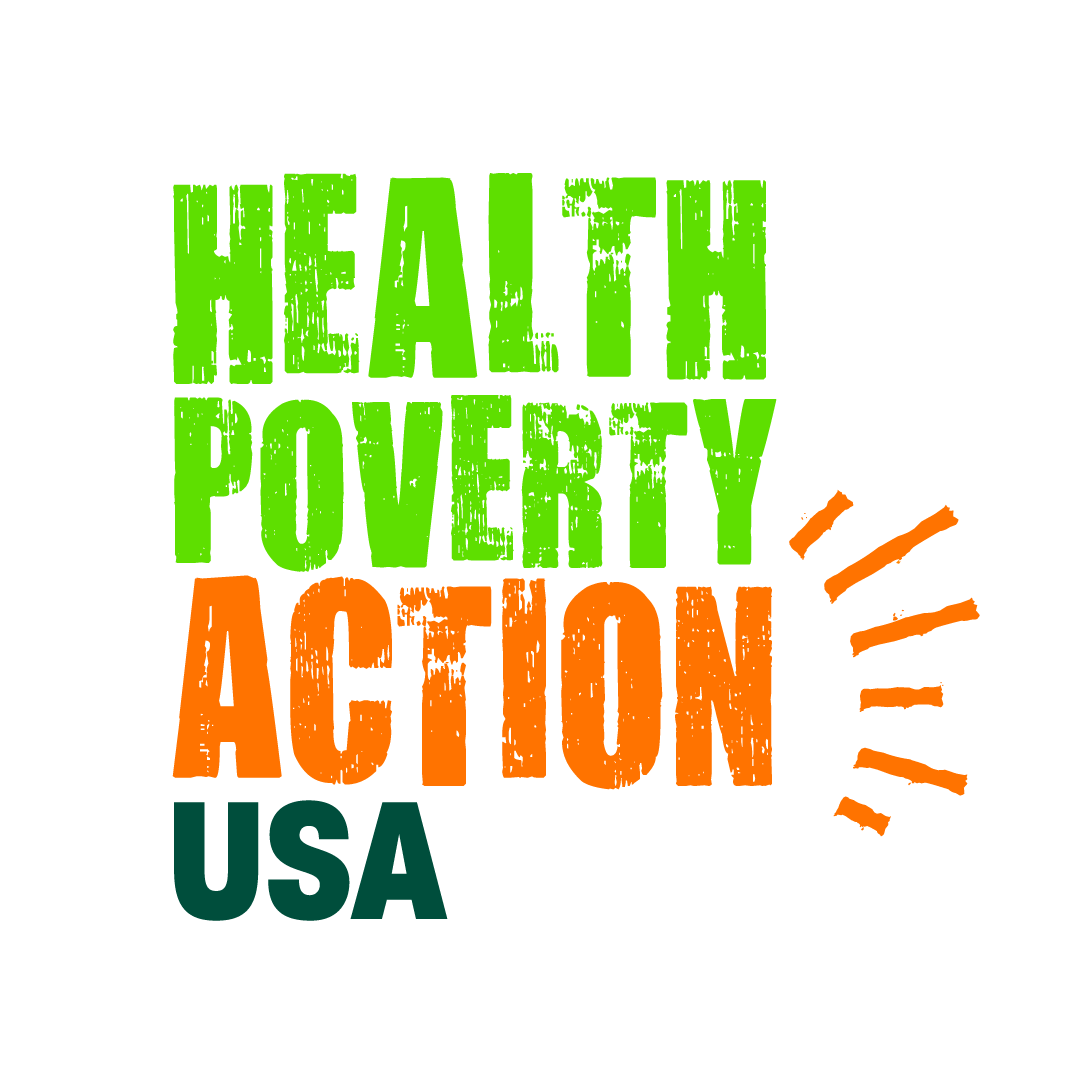Neglected tropical diseases
On by Sorsha Roberts
Neglected tropical diseases affect 1.4 billion people in the world’s poorest countries, but they could be safely and cheaply treated
While HIV, TB and malaria have caught the world’s attention, these disabling and sometimes fatal infectious diseases receive relatively little attention from donors, policymakers, public health officials and drug companies.
What are they?
Most neglected tropical diseases are not fatal, but they cause enormous suffering and disability and often make people more susceptible to other fatal infections. Children are particularly vulnerable. But despite the personal and economic pain they cause, diseases such as lymphatic filariasis, trachoma, and onchocerciasis are mostly unheard of, or considered a relic of the past, as with leprosy.
Neglected tropical diseases survive and thrive on poverty. They concentrate in places with unsafe water, poor sanitation and limited access to basic health services.
They affect the poorest people, often living in remote, rural areas, urban slums, conflict zones or areas of natural disaster. Sub-Saharan Africa faces the biggest burden, but over 100 countries are affected across Africa, Asia and Latin America.
Why are they ignored?
The fact that they have disappeared from wealthy countries as standards of living and hygiene have improved has made them easier to ignore. Big killers like HIV and TB have also kept them further down the public health agenda. And with little profit to be made by drug companies there has also been little incentive for investment.
But safe and cheap treatment is available for many neglected tropical diseases. Despite a low profile there has been some progress on river blindness in the Americas, trachoma in Morocco and leprosy worldwide. Since the introduction of multi-drug therapy in 1985, 14.5 million people have been cured of leprosy.
There are signs that the international community is now starting to realise that real improvements to global health could be made relatively easily. Prioritising neglected tropical diseases would not only alleviate the immediate suffering of millions but would also help stop the cycle of poverty and stigma that leaves tens of millions unable to work, go to school or participate in family and community life. Changes are needed in the way pharmaceutical research and development is funded so that developing new drugs for NTDs becomes economically viable. Governments must provide research funds for neglected tropical diseases. Community approaches to treatment are particularly important to reach the poorest people.
Some of the main neglected tropical diseases are:
- Buruli ulcer
- Leishmaniasis
- Chagas disease
- Leprosy
- Lymphatic filariasis
- Dengue fever
- Onchocerciasis
- Dracunculiasis (guinea-worm disease)
- Schistosomiasis
- Endemic Treponematoses (yaws, pinta, endemic syphilis…)
- Soil-transmitted helminthiasis
- Trachoma
- Human African trypanosomiasis

